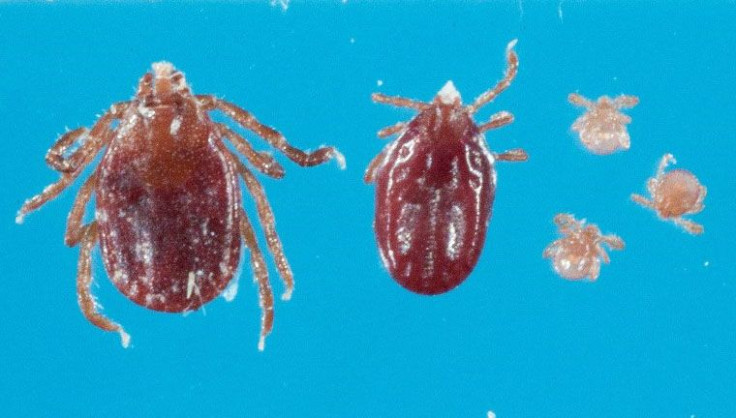What Is Longhorned Tick? Mystery Species Carrying Rare Virus Enters New Jersey

An exotic species of tick from East Asia has invaded New Jersey and is now found in several areas in the state, raising concerns as it could carry dangerous diseases. This tick, which is also known as the Longhorned tick or the bush tick, was not known to exist in the U.S. until it was discovered last year.
How it came to New Jersey remains a mystery and experts are worried as it successfully made it through the harsh winter. The tick was initially found in a Hunterdon County farm last August but was later spotted in another part of New Jersey.
The East Asian tick has been known to spread a deadly virus called SFTS, known as severe fever with thrombocytopenia syndrome. Symptoms of SFTS include fever, fatigue, headache, nausea, muscle pain, diarrhea, vomiting, abdominal pain, disease of the lymph nodes, and conjunctival congestion.
The latest discovery of tick was on the Watchung Reservation in Union County, the New Jersey Department of Agriculture announced Wednesday. While the tick was collected at the site last May, its identification was not made until Monday.
According to reports, a farmer in Hunterdon County first found the tick while shearing a sheep. This sheep had never traveled internationally and rarely left Hunterdon County, according to Andrea Egizi, a specialist at the Monmouth County Tick-borne Disease Lab. The sheep later died from an unrelated cause.
"Steps were promptly taken to eradicate the tick from the index property and the animals in and around it. Tests on the exotic tick in November failed to reveal any tickborne diseases," New Jersey's Department of Agriculture said in a statement. "Local, state and federal animal health and wildlife officials, as well as Rutgers University — Center for Vector Biology are working together to eliminate this pest from the index premises and to contain its spread to the surrounding areas. Surveillance in wildlife and livestock species will continue throughout the year."
According to the department's website, like deer ticks, the nymphs of the Longhorned tick are very small and can easily go unnoticed on animals and people. The species is dark brown and grows to about the size of a pea when engorged on blood, according to reports. They are known to swarm and infest a variety of wildlife as well as humans, dogs, cats and livestock.
The department urged people to notify the state veterinarian if unusual ticks are detected in livestock animals.
According to the Centers for Disease Control and Prevention, ticks are most active in the months of April through October and peak in the summer.
Below are some tips by the New Jersey Department of Agriculture to avoid tick infestation this summer:
1. Ticks live in or near wooded or grassy areas or on animals directly. Try to spot them and get rid of them.
2. Use repellents that are EPA-registered containing DEET, picaridin, IR3535, oil of lemon eucalyptus, para-menthane-diol, or 2-undecanone.
3. When outdoors in tick-prone areas cover up by wearing long sleeves and pants. Consider tucking pants into socks to prevent ticks from getting under your clothes.
4. Shower as soon as possible after coming indoors from such areas. This will help remove unattached ticks.
5. Inspect body of pets for ticks, and remove ticks immediately.
6. Kill ticks when spotted as leaving them alive may further cause infestation.
© Copyright IBTimes 2024. All rights reserved.





















